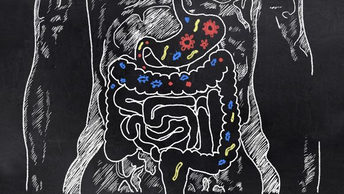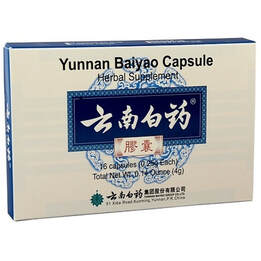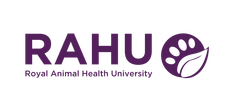
A study performed by University of British Columbia links the colonization of gut bacteria to asthma, highlighting the importance of a healthy gastrointestinal microbiome.
Compared across 319 children from birth to three years of age, twenty-two were designated high-risk and eight from that group were diagnosed with asthma. The criteria were detection of low levels of the bacterial genera Lachnospira, Veillonella, Faecalibacterium, and Rothia from the collected fecal and urine samples. This study identified this trend in infants as young as three months of age which they defined as a critical period for attaining the appropriate microbiome. This is the time when the immune responses that protect the body from asthma develop. It is thought that gut bacteria communicate with mucosal surfaces throughout the entire body. Factors that increase risk for asthma development via improper gut microbiome include bottle-feeding, early exposure to antibiotics, Caesarian section as opposed to natural birth, and living in cities rather than rural areas. This study suggests a correlation between gut microbiota and asthma with compelling evidence but does not have a clear evidence-based connection to prove the link. Supporting evidence shows restoring these bacteria in mice improves inflammation in airways of the offspring, although this is not studied here in humans. Despite that fact, some ideas for treatment are being composed by the research group. Some treatments in the future could include a commercial flavored capsule that would introduce these 4 critical groups of bacteria into a child’s gastrointestinal tract. Read more about the inspiration for this blog post here: https://www.aaas.org/news/missing-gut-bacteria-raises-infants-asthma-risk Read about the link between the gut and lung (Gut-Lung Axis) here: https://www.ncbi.nlm.nih.gov/pmc/articles/PMC6337651/ Authored by Nick LinznerNicholas Linzner grew up in Northridge, CA and has always cared deeply for animals and their interactions with the environment. He moved to San Luis Obispo, CA to complete a B.S. in Animal Science, with a minor in Equine Science in 2018. Shortly before graduating, he joined the team at RAHU in order to learn more about integrative veterinary medicine and contribute towards the growth of the company. 
1 Comment

Yunnan Baiyao is an herbal medicine most notably used as a potent hemostatic agent, and is becoming a more popular treatment option in the United States. The most common current indications are to aid in bleeding problems, bruising and trauma, as well as decreasing bleeding and slowing progression of pathologies in conditions such as vascular tumors. It has a long history beginning in the Yunnan province of China. Literally translating to “white medicine”, this herb started as a secret formula that was used primarily to save soldiers in wars. It first gained notoriety in the war between China and Japan, then was found being used in the Vietnam War. Since then, it has been accepted into veterinary medicine for its many uses in addition to emergency situation control. In cases of hemorrhage, it can be used topically where applicable and orally, simultaneously. It has many herbs in the formula, the most critical being Notoginseng. Notoginseng’s 3 key components are:
This potent herb is safe for use in many species, with some very intriguing properties as seen in traditional Chinese herbal medicine. Yunnan Baiyao is known as a ‘warming herb’, a property of herbs that is generally correlated with increased circulation. It is used to break up stagnant blood flow and relieve certain sequelae of poor circulation. The popularity of this medicine continues to grow as more uses are discovered. Each package as shown above contains two crucial medicines. The more abundant ones are the Yunnan Baiyao herbal combination, and the smaller red pill is the more potent version. This should not be thrown away. It is used more for emergency situations that involve sudden and acute hemorrhage. If it isn’t needed, it should be stored safely in case of emergencies. This post was inspired by A Time to Heal’s article on Yunnan Baiyao, which is a great source for more information on the product. Uses for surgery and disorders: http://www.itmonline.org/articles/yunnan_paiyao/yunnan_paiyao.htm History and development of Yunnan Baiyao: http://www.itmonline.org/jintu/yunnan.htm Uses in a first aid kit: https://drjakefratkin.com/wp-content/uploads/2013/10/Three-Essential-Herbal-Products-for-your-First-Aid-Kit.pdf Authored by Nick LinznerNicholas Linzner grew up in Northridge, CA and has always cared deeply for animals and their interactions with the environment. He moved to San Luis Obispo, CA to complete a B.S. in Animal Science, with a minor in Equine Science in 2018. Shortly before graduating, he joined the team at RAHU in order to learn more about integrative veterinary medicine and contribute towards the growth of the company.  |
AuthorWrite something about yourself. No need to be fancy, just an overview. Archives
July 2019
Categories |
|
© COPYRIGHT 2017. ALL RIGHTS RESERVED.
Terms of Use & Privacy Policy | [email protected] 4130 N. Rockwell • Chicago, IL 60613 |
